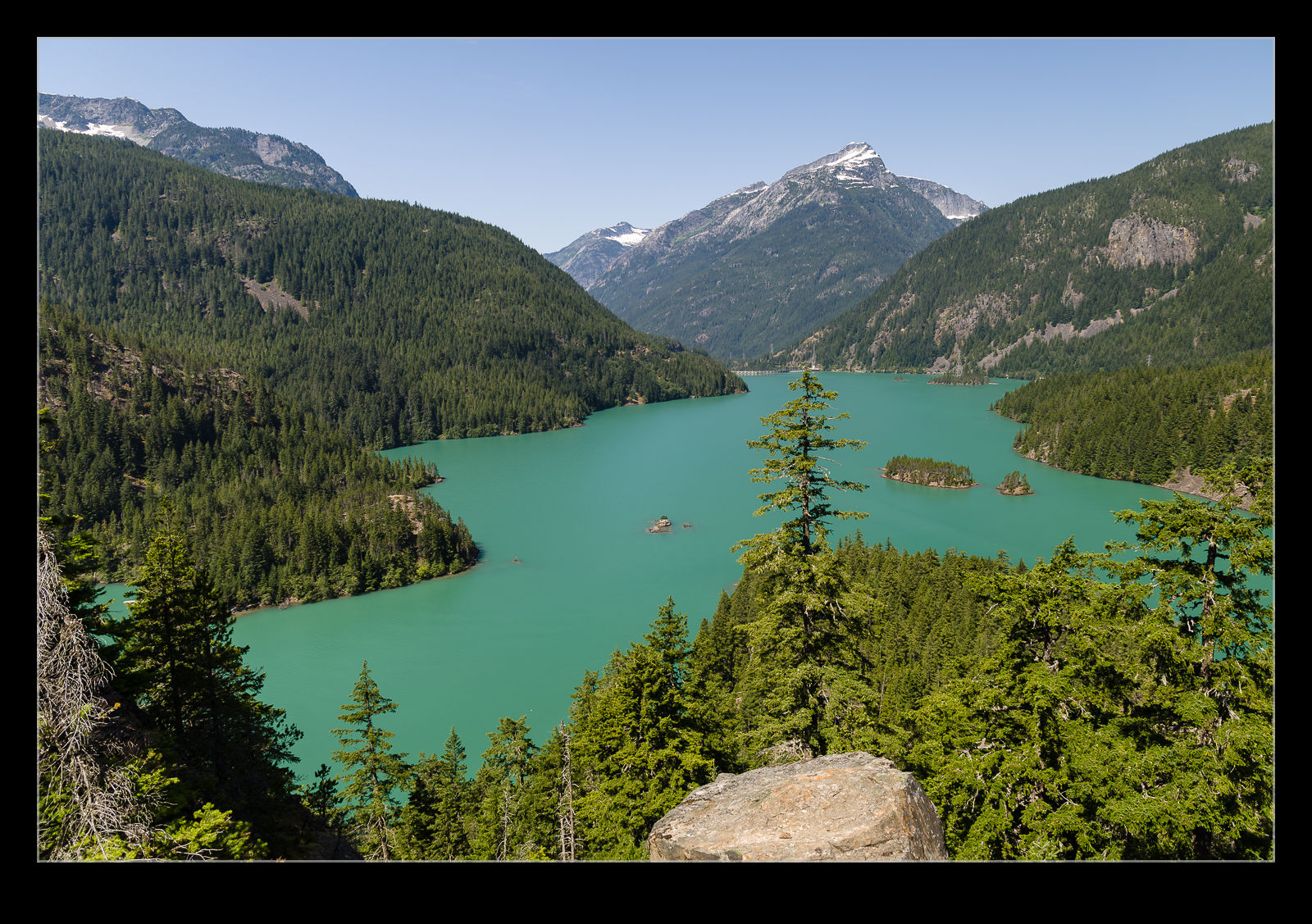 I have written in previous posts about how skittish the local flicker population can be. These woodpeckers are interesting looking birds but hard to get shots of because they fly off whenever they see you. Nancy and I were sitting on our deck when we saw some movement under the eaves of the house behind us. At first, we couldn’t work out what it was. Then we realized it was a flicker. It was moving around under the eaves looking for bugs
I have written in previous posts about how skittish the local flicker population can be. These woodpeckers are interesting looking birds but hard to get shots of because they fly off whenever they see you. Nancy and I were sitting on our deck when we saw some movement under the eaves of the house behind us. At first, we couldn’t work out what it was. Then we realized it was a flicker. It was moving around under the eaves looking for bugs
 A little while later it popped out and then started to move along the rooftop poking under the joints to see what bugs might be there. A progressive examination of the roof followed and then, once it had checked out all that seemed of use there, it moved to the next house to repeat the process. Strangely, it never seemed bothered by my presence watching it. Maybe the food was just so good, it was worth the risk of me being around. Video tells the story better than stills se take a look at some footage I shot below.
A little while later it popped out and then started to move along the rooftop poking under the joints to see what bugs might be there. A progressive examination of the roof followed and then, once it had checked out all that seemed of use there, it moved to the next house to repeat the process. Strangely, it never seemed bothered by my presence watching it. Maybe the food was just so good, it was worth the risk of me being around. Video tells the story better than stills se take a look at some footage I shot below.




















































